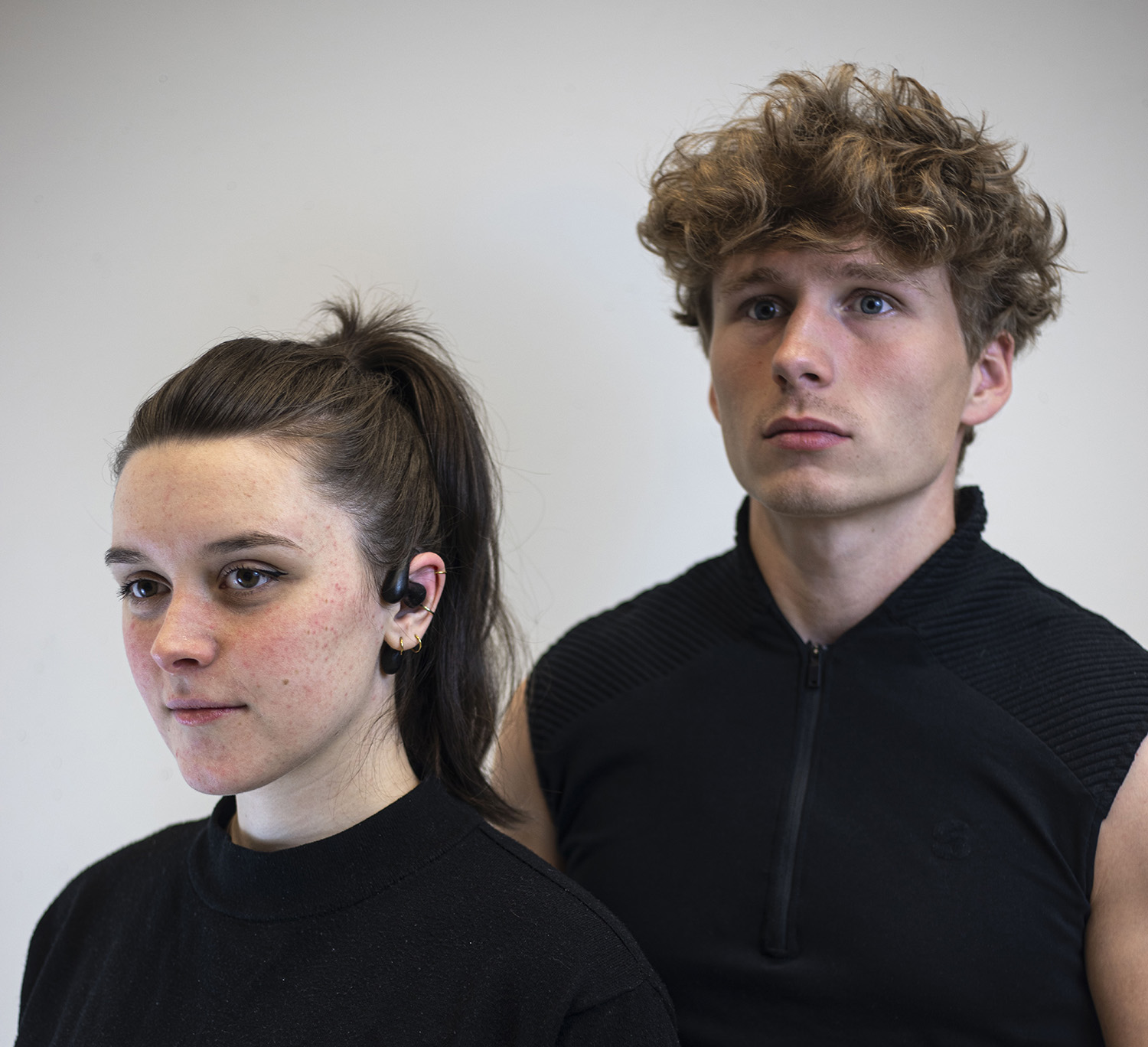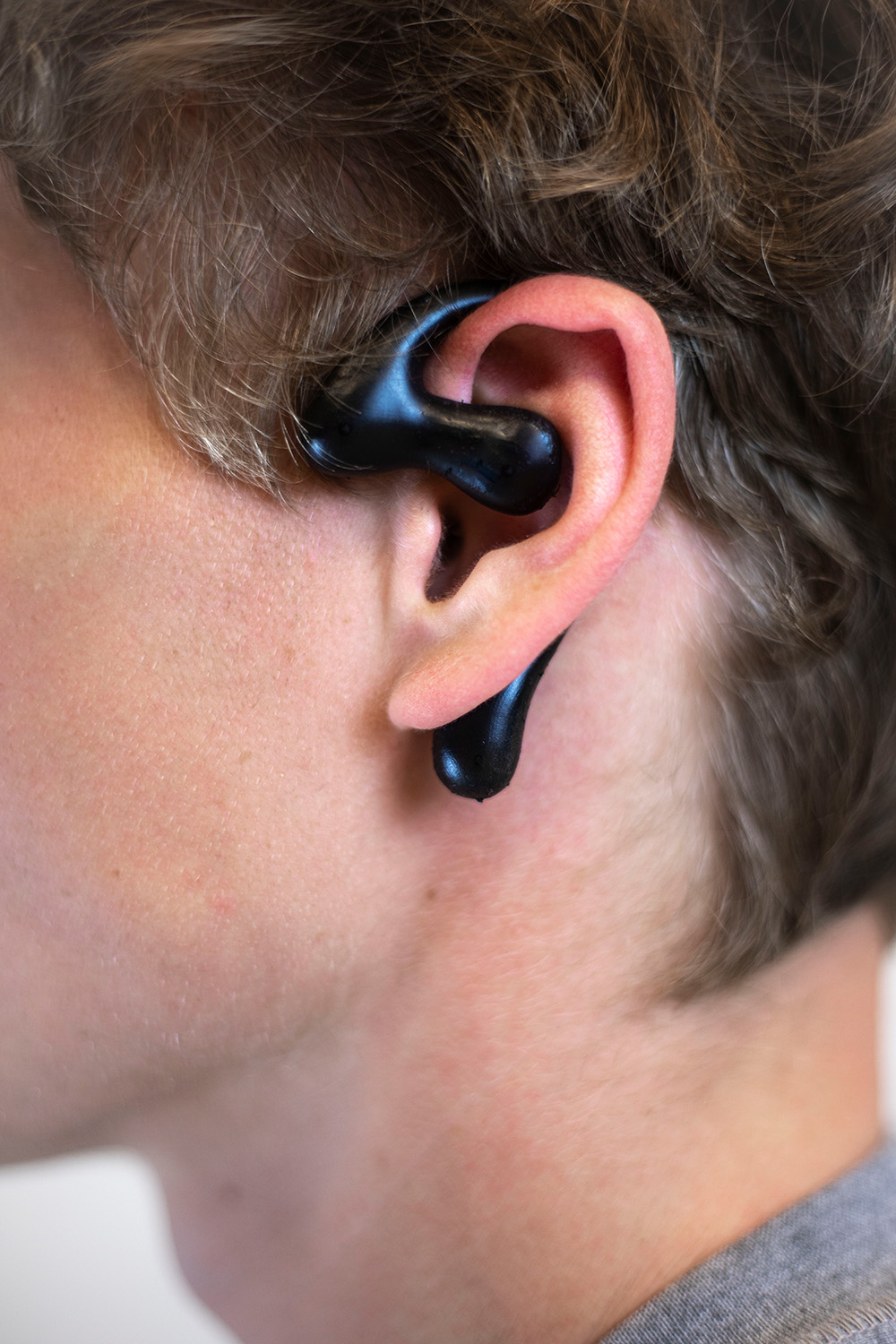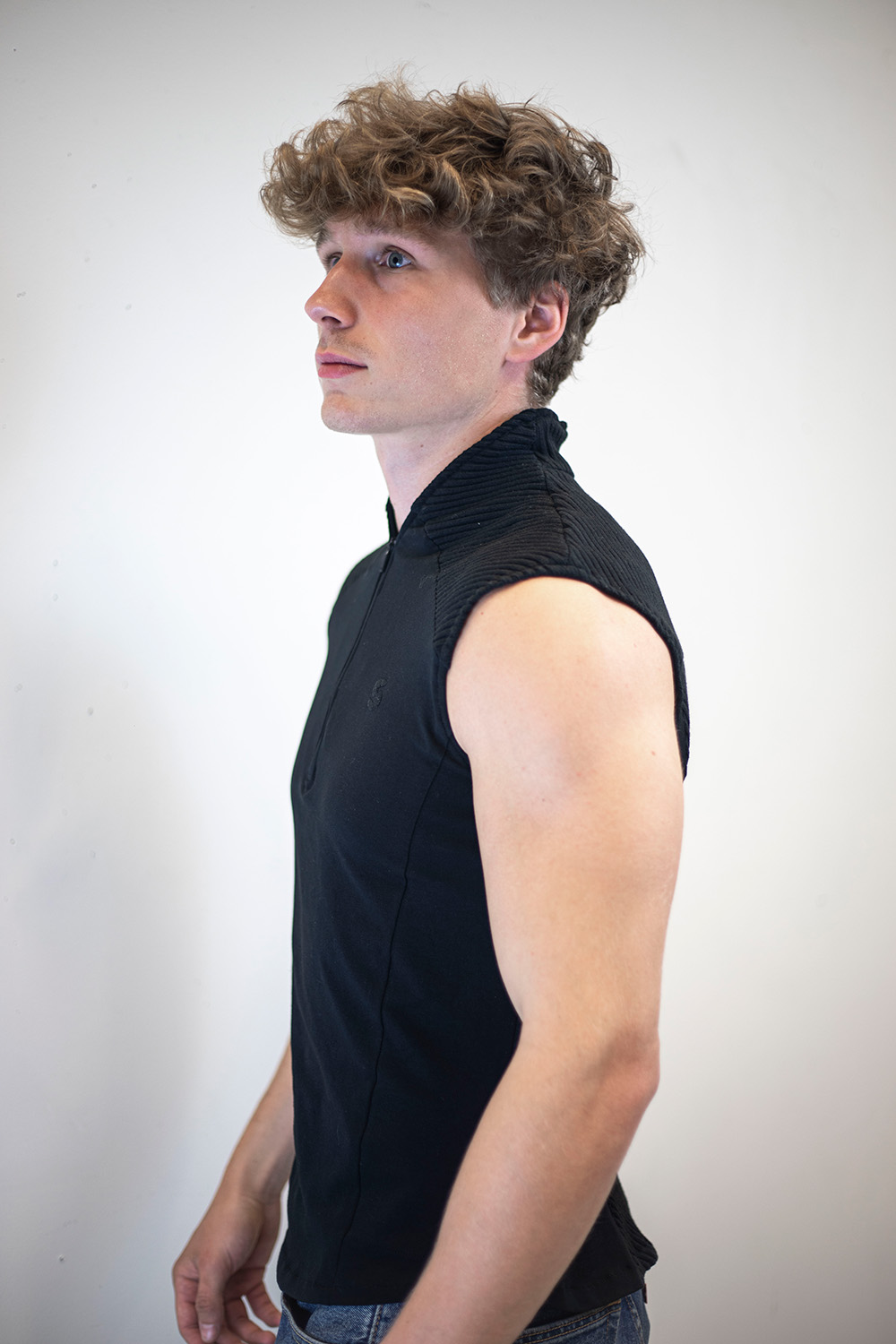SOELAAS - MIGRAINE MANAGEMENT
Description
This project focusses on developing tools for migraine sufferers. Migraine is a complex and often debilitating condition affecting millions of people worldwide. This project aims to provide practical and accessible tools that can improve comfort of migraine sufferers.
Date
Master project, 2023-2024
School project
In collaboration with Panton studio & Promeco NV. Supervised by Frederik Aerts


USER-CENTERED DESIGN
Migraine is a complex and often debilitating condition that affects millions of people worldwide. My goal with this project is to provide practical and accessible tools that can improve the daily lives of migraine sufferers. The research phase involved an in-depth exploration of the impact of migraines and current treatment options. My approach was based on User-Centered Design (UCD), involving intensive collaboration with migraine patients through workshops and iterative validation sessions. During these sessions, we discovered that temperature related actions were frequently mentioned and effective method for managing migraines. Patiënts spoke about hot or ice cold showers, airconditioning, ice packs, heat compresses, … . Many patients reported significant relief from applying cold or heat during an attack. To gain a multidisciplinary perspective, I also held multiple consultations with medical experts, including Prof. Dr. Jan Versijpt, a neurologist specializing in migraines, and Prof. Dr. Willem De Hertogh, a physiotherapist specializing in the head and neck area. These insights were crucial for understanding the complex nature of migraines and identifying design criteria for our product. By integrating cooling and heating technologies into the products, I aim to offer targeted relief by offering simple yet effective tools.
DEVELOPMENT
The development phase included brainstorming sessions with Designstudio Panton, a design studio specialized in health and wellbeing design, as well as neurologists and patients for concept development. This collaborative effort resulted in two main products: migraine baselayers and earbuds. The baselayers incorporate integrated heat technology and vibration motors to promote muscle relaxation, which is preferred by those experiencing muscle tension with their migraines. The earbuds use phase-change materials to provide targeted cooling to the fifth cranial nerve, as cold therapy slows down pain signals to the brain and reduces inflammation. Both products were designed with meticulous attention to anatomical and technical details, ensuring maximum comfort and effectiveness. Feedback from users and prototype testing allowed us to continually refine our designs to meet the needs of migraine sufferers.



MIGRAINE EARPIECE
The Soelaas earbud is specifically designed to provide targeted relief for migraine sufferers through cold therapy. Using advanced phase-change materials, the earbud delivers precise cooling to the fifth cranial nerve, a key area involved in the onset of migraine pain. This cold therapy effectively slows down pain signals to the brain and reduces inflammation. The earbud's ergonomic design ensures a comfortable fit, allowing users to wear it seamlessly during daily activities such as cooking or studying. Designed for use at the onset of an attack when individuals are still mobile but experiencing discomfort, the Soelaas earbud offers a convenient and effective solution for managing migraines.
MIGRAINE BASELAYER
The Soelaas baselayer is designed to provide targeted relief for migraine sufferers who experience muscle tension as one of their symptoms. This garment incorporates heat elements and vibration motors, as it helps to ease discomfort and promote relaxation. The baselayer's ergonomic design ensures a comfortable fit, allowing users to wear it discreetly under their clothing throughout the day. Ideal for use at the onset of an attack when individuals are still mobile but feeling discomfort, the Soelaas baselayer offers an effective and practical solution for managing migraines.
WHAT'S NEXT
The results of this research and user feedback were very positive. The prototypes proved effective in alleviating migraine symptoms, demonstrating that product design can make a valuable contribution to migraine treatment. Looking ahead, I plan to further refine the technology and design, as well as conduct clinical studies to evaluate the effectiveness of the products. Additionally, I aim to expand the product range with supplementary tools within the same context to provide broader support for migraine patients.